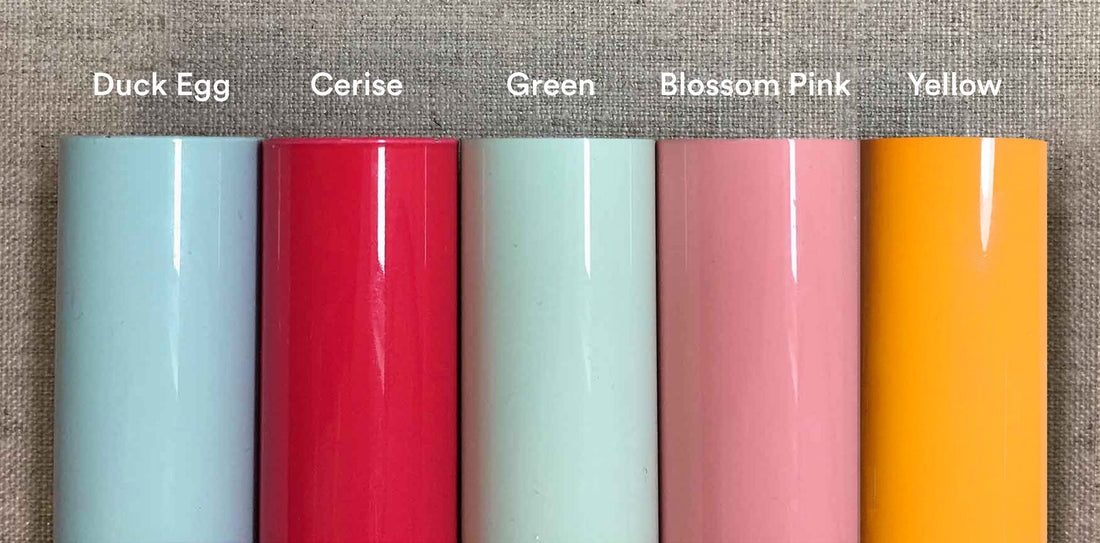How to Measure for a Bicycle Helmet
When it comes to cycling, safety should always be a top priority. And one essential piece of safety equipment is a properly fitting bicycle helmet.
However, with the myriad of options, selecting the right helmet size can be a daunting task. In this guide, we’ll walk you through the process of measuring for the best-fitting bike helmet. From understanding how to measure bicycle helmet size to following the size guide, we’ve got you!
Measure Head Circumference
Ensuring that your bike helmet fits correctly is crucial for your safety. A helmet that is too loose may not provide adequate protection. Meanwhile, one that is too tight can cause discomfort and restrict circulation. To find the perfect fit, measure your head circumference accurately.
How to measure your head circumference
- To measure your head circumference, you’ll need a flexible measuring tape. If you don’t have one, a piece of string or ribbon can also work.
- Place the measuring tape around the widest part of your head, just above your eyebrows. Make sure it is level and wraps around your head evenly.
- Take note of the measurement in centimetres or inches. This measurement will serve as a baseline for determining the size of the bike helmet you need.
Tips for accurate measurement
- The measuring tape should be firm against your head but not overly tight. It’s essential to maintain a comfortable and natural fit.
- To ensure accuracy, measure your head circumference several times. Take the average of the measurements to obtain the most precise result.
- If you’re finding it challenging to do it by yourself, consider asking a friend or family member to help. They can help provide a more accurate measurement.
Once you have measured your head circumference, you can refer to a bicycle helmet size guide. Such guides are usually provided by manufacturers or retailers.
Top tip: If you find yourself between two sizes, it’s generally recommended to opt for the larger size. This allows room for adjustments to customise the fit to your liking.
Determine the Right Size Helmet
Follow these tips so you can determine the right size of helmet that best fits your head shape:
1. Measure your head circumference
As mentioned, measuring your head circumference is the initial step. This measurement serves as a baseline for comparing the manufacturer’s size charts. Remember to measure multiple times for accuracy and take the average.
2. Consult the manufacturer’s size chart
Different helmet brands may have varying size ranges and measurements. Refer to the specific manufacturer’s size chart for the helmet you are considering.
3. Consider the helmet shape
Along with head circumference, the shape of your head plays a significant role. Some bike helmets are designed for round heads. Meanwhile, others are more suited for oval-shaped heads.
Take note of the helmet’s shape information provided by the manufacturer. Choose a model that matches your head shape for the best fit.
4. Try on the helmet
Once you have identified the size and shape that aligns with your measurements, try on the helmet. Place the helmet squarely on your head, ensuring it sits level and low, just above your eyebrows. The helmet should feel snug but not overly tight. Moreover, it shouldn’t move excessively when you shake your head or nod.
5. Check the strap adjustments
Adjust the chin strap to ensure it is snug under your chin. This should allow no more than two fingers to fit between the strap and your skin.
The side straps should form a “Y” shape, meeting just below your ears. Make any necessary adjustments to achieve a secure and comfortable fit.
6. Assess overall fit and comfort
While wearing the helmet, pay attention to overall fit and comfort. The helmet should feel stable on your head without any pressure points. It should not cause any excessive squeezing or discomfort. Consider the padding inside the helmet, as well.
7. Test the fit with a shake and push
To ensure the helmet stays securely in place during a ride, give it a shake and push forward and backwards. If the helmet moves excessively or feels loose, it may be too big or improperly adjusted. Find the right balance between a secure fit and freedom of movement.
Consider Helmet Fit and Comfort
When it comes to bike helmets, getting the right fit goes beyond just measuring the size of your head. It’s equally important to consider the overall fit and comfort of the helmet. Here’s why:
- Enhanced safety
- Reduced distractions
- Long-term wearability
- Temperature regulation
- Confidence and focus
Finding the right fit and comfort for your bike helmet is a personal journey. Invest time and effort, and it’ll pay off in terms of safety, enjoyment, and peace of mind. This applies to kids helmets and adults’.
FAQ
How can I determine the right size helmet for my bicycle?
Measure your head circumference with a flexible measuring tape just above your eyebrows. Compare this measurement to the manufacturer’s size chart. If you’re between sizes, choose the larger one for a better fit. Also, consider the shape of your head and try on different helmets to ensure a comfortable and secure fit.
What measurements do I need to take to find the right helmet size?
Measure your head circumference using a flexible measuring tape. Wrap the tape around the widest part of your head, just above your eyebrows. Take multiple measurements and average them for accuracy. Consult the manufacturer’s size chart to match your head circumference measurement.
How can I tell if my bike helmet fits properly?
A properly fitting bike helmet should sit level on your head, covering your forehead without obstructing your vision. It should feel snug and stable without excessive movement.
The helmet straps should form a “Y” shape under your ears. The chin strap should be comfortably secure without causing discomfort or chafing. Give the helmet a shake and push it forward and backwards to ensure it stays in place.
Ready to shop for your new bicycle helmet? Click here to browse our range of toddler bike helmets, kids bike helmets and adult bike helmets.












